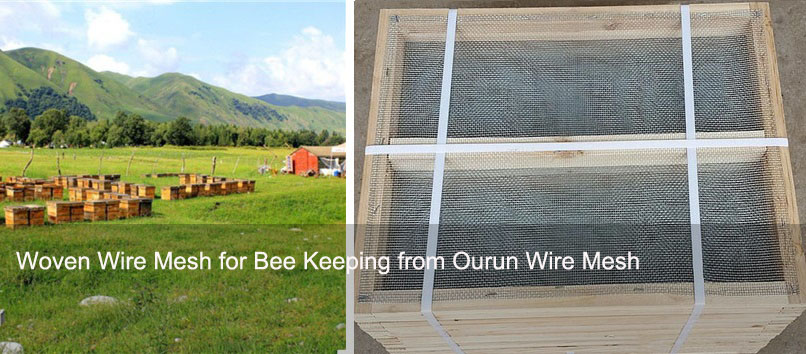Stainless Steel Woven wire mesh is commonly used in beekeeping to construct various components of beehives, such as screens, bottom boards, and queen excluders. It serves multiple purposes, including ventilation, pest control, and hive organization. Here are some key points to consider when using woven wire mesh for beekeeping:
Ventilation: Woven wire mesh allows air circulation within the beehive, promoting proper ventilation. Good ventilation helps regulate temperature and humidity, creating a comfortable environment for the bees.
Pest Control: Mesh screens placed over hive entrances can deter intruders such as wasps, hornets, and mice, preventing them from entering the hive while still allowing bees to come and go freely. Smaller mesh sizes can also keep out smaller pests like hive beetles.
Bottom Boards: Wire mesh can be used as the flooring material for bottom boards, providing a solid foundation for the hive while allowing debris and mites to fall through. This design promotes hygiene by facilitating mite control and cleaning.
Queen Excluders: A queen excluder is a mesh screen placed between the brood chamber and honey supers, allowing worker bees to pass through but preventing the larger queen from accessing the honey storage area. Woven wire mesh with appropriately sized gaps ensures the queen is restricted to the brood area, helping beekeepers manage honey production.
When selecting woven wire mesh for beekeeping, it is crucial to ensure it is made from materials that are safe for bees. Stainless steel mesh is a popular choice due to its durability, resistance to corrosion, and non-toxic properties.
